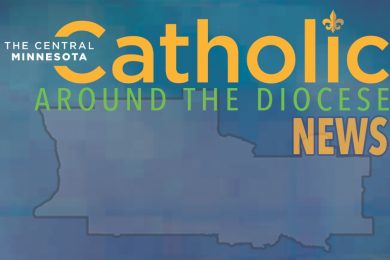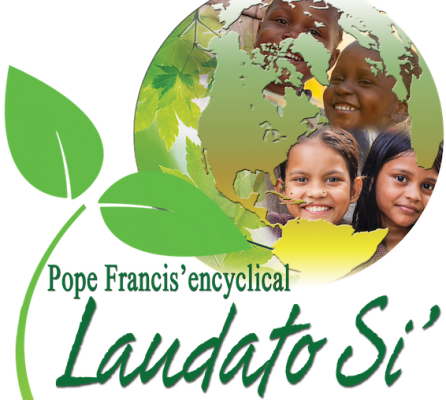 Pope Francis wrote his encyclical, “Laudato Si’” for “every person living on the planet” not only to read but also to “enter into dialogue with all people about our common home.” In an effort to keep the conversations going, The Visitor is publishing a six-part faith formation series in which guest writers help to “unpack” what the Holy Father said in the letter and offer reflection questions and actions to respond to his message. This useful guide is intended to help readers grasp the overall content and encourage further study and dialogue in homes and parishes. This is part two of the series.
Pope Francis wrote his encyclical, “Laudato Si’” for “every person living on the planet” not only to read but also to “enter into dialogue with all people about our common home.” In an effort to keep the conversations going, The Visitor is publishing a six-part faith formation series in which guest writers help to “unpack” what the Holy Father said in the letter and offer reflection questions and actions to respond to his message. This useful guide is intended to help readers grasp the overall content and encourage further study and dialogue in homes and parishes. This is part two of the series.
Pope Francis seems to be in agreement with the sentiment conveyed in the song from the “Sound of Music,” “Let’s Start from the Very Beginning!” That is precisely what he does in chapter two, “The Gospel of Creation,” in “Laudato Si’.”
He sets the care for our common home within the context of the story of creation: A story that we learn and delight in as young children. A story that places before us the basic goodness of all creation and the fundamental relationships that are ours — to God as our loving Creator, to each other as having the same creator and to creation as a gift given to us by our Creator.
Recognizing God as our Creator is central to how we treat creation. It is not ours to do with as we please. When we fail to treat creation as a gift, when we forget that we all come from the same loving Creator, when we neglect to reverence the Creator, the relationships that bind us are broken and all of creation suffers.
According to Pope Francis, personal freedom, with which the Creator endows each person, is truly a mystery, since it can promote development or cause degradation. The uniqueness of each individual allows for this choice. As creatures of a loving God, we have an incredible responsibility for the care of creation, for each other and for future generations who will inherit the creation we hand on to them.
Jesus is a role model for us in the stance we are to take before the Creator, with each other and with all of creation. Pope Francis closes this chapter encouraging us to gaze on Jesus who shows us how to relate to the Creator in praise; to each other with tenderness, compassion and concern; and to all of creation in wonder and awe as well as in aspects of co-creating. Through the life of Jesus, we continue to see the story of the fullness of creation unfold until that day when all live in perfect harmony.
 Lesson for us
Lesson for us
Mother Nature, Mother Earth or Earth Mother are names we often hear in reference to creation.
Although Pope Francis doesn’t use these terms the attitude he is calling forth from us would have us reflect on creation as life-giving and nurturing, just like a mother. As we honor, respect and care for our mother, may we likewise care for Mother Earth. As our mother encourages us to be kind to others may we tenderly and compassionately care for each other.
Chapter 2 questions for discussion
1) What does the story of creation tell you about God, others and the entire universe?
2) When have you used your personal freedom to enhance creation?
3) What story of Jesus and his interacting with creation and others is your favorite? Why?
Coming in the Nov. 6 issue:
Chapter 3: “The Human Roots of the Ecological Crisis.”
Reflection by Benedictine Abbot John Klassen






















